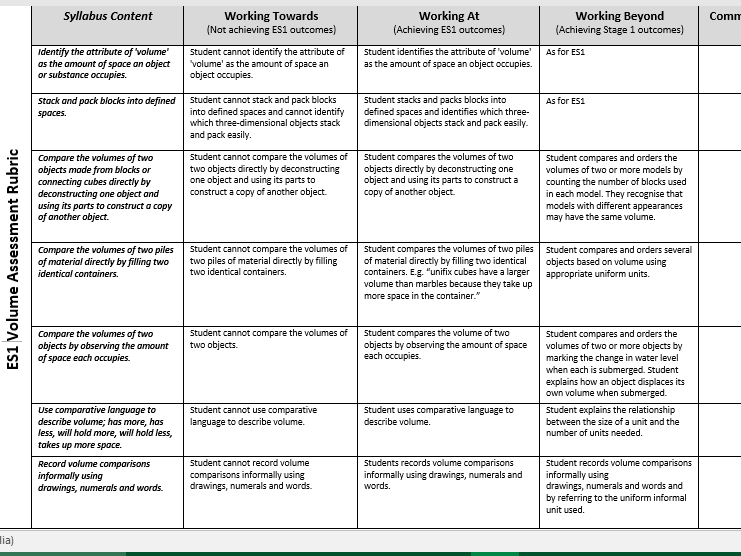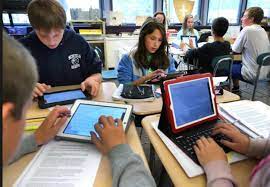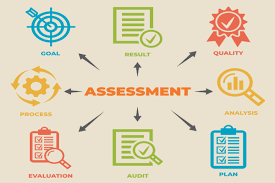In recent years, the education sector has focused increasingly on ensuring that educators are equipped with the necessary skills to teach effectively. One such measure introduced in Australia is the Literacy and Numeracy Test for Initial Teacher Education (LANTITE) students. This test assesses the personal literacy and numeracy skills of prospective teachers to ensure they have the capability required to meet the demands of teaching.
The LANTITE test is designed and implemented by the Australian Council for Educational Research (ACER) on behalf of the Australian Government. It has become a mandatory requirement for all initial teacher education students who wish to teach in Australia.
But what exactly is the LANTITE test, and what does it entail? Let’s dive deep into everything you need to know about this critical assessment.
What is LANTITE?
LANTITE stands for Literacy and Numeracy Test for Initial Teacher Education Students. It is an online assessment aimed at evaluating pre-service teachers’ abilities in personal literacy and numeracy. This benchmark test ensures that all new teachers possess basic skills essential for teaching.
Why was LANTITE Introduced?
The primary reason behind introducing LANTITE was to maintain high standards in the education sector. It was part of a response to growing concerns about literacy and numeracy levels within Australian society, particularly among school children. The idea is that by ensuring teachers have strong foundational skills, they are better positioned to pass on this knowledge to their students.
Who needs to take the LANTITE?
Typically, university students who are undertaking an education or teaching degree need to pass the LANTITE as part of their course requirements before they can graduate. In some instances, sitting for and passing the test may also be required for registration or employment as a teacher depending on state or territory policy.
What Does the LANTITE Consist Of?
The test has two main components: literacy and numeracy. Each section must be passed separately, and they assess a range of competencies:
– Literacy: This section evaluates reading and writing skills through a variety of tasks including comprehending and analysing texts, as well as creating written responses that are grammatically correct and well-structured.
– Numeracy: In this component, candidates tackle questions involving mathematical concepts relevant to everyday life as well as those needed for teaching mathematics in schools.
How is LANTITE Administered?
The test is carried out online under secure conditions, either at a designated test center or via remote proctoring if circumstances require it. ACER releases several test windows throughout the year when examinees can sit for LANTITE.
How Do You Prepare For The Test?
Preparation materials are provided by ACER which include sample questions and practice tests. Candidates are encouraged to use these tools thoroughly in addition to seeking other resources or support if needed.
What Happens After You Pass?
Once you pass both sections of the LANTITE, you’re considered to have met one of the key requirements for graduating from your initial teacher education course. However, keep in mind that passing LANTITE does not automatically guarantee employment; it’s one step in demonstrating readiness and capability for a career in teaching.
In conclusion, the introduction of the LANTITE is a stride towards strengthening teacher quality in Australia by ensuring they have solid personal literacy and numeracy skills. It’s an important milestone that every aspiring teacher must be prepared for both academically and mentally. Success in this testing paves the way forward into an enriching career shaping future generations.











